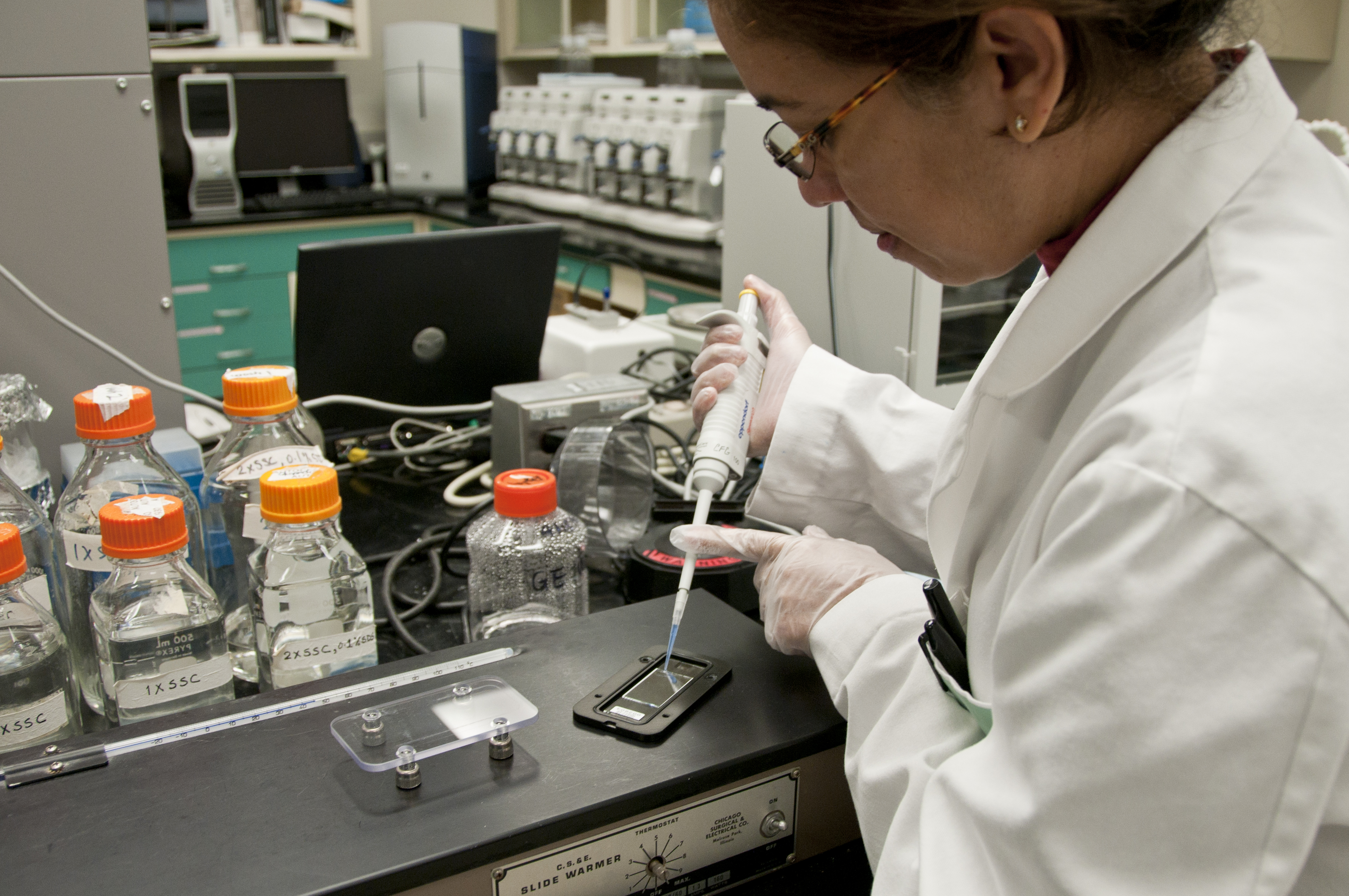
Photo from academic.microsoft.com
This study evaluated the antifungal effects of various volatile organic compounds (VOCs) against two common pathogens: Fusarium culmorum and Cochliobolus sativus. Among the various VOCs, methyl propanoate (MP) and methyl… Click to show full abstract
This study evaluated the antifungal effects of various volatile organic compounds (VOCs) against two common pathogens: Fusarium culmorum and Cochliobolus sativus. Among the various VOCs, methyl propanoate (MP) and methyl prop-2-enoate (MA) exhibited remarkable antifungal effects under different experimental conditions (direct or indirect contact) and at different concentrations (500–1000 μM). In addition, the type of antifungal effect (fungistatic or fungicidal) appeared to be strongly correlated with the VOC concentrations. Additional tests revealed that both molecules increased membrane permeability of pathogenic spores, which resulted in a decreased efflux of K+ ions into the intracellular medium.
Journal Title: International Journal of Environmental Research and Public Health
Year Published: 2019
Link to full text (if available)
Share on Social Media: Sign Up to like & get
recommendations!